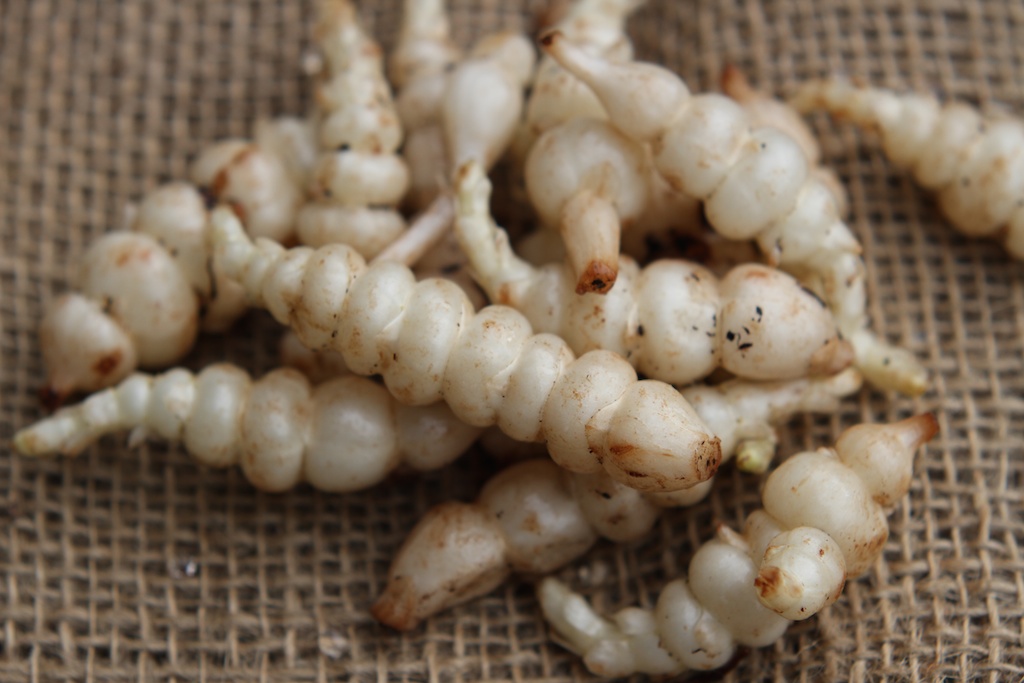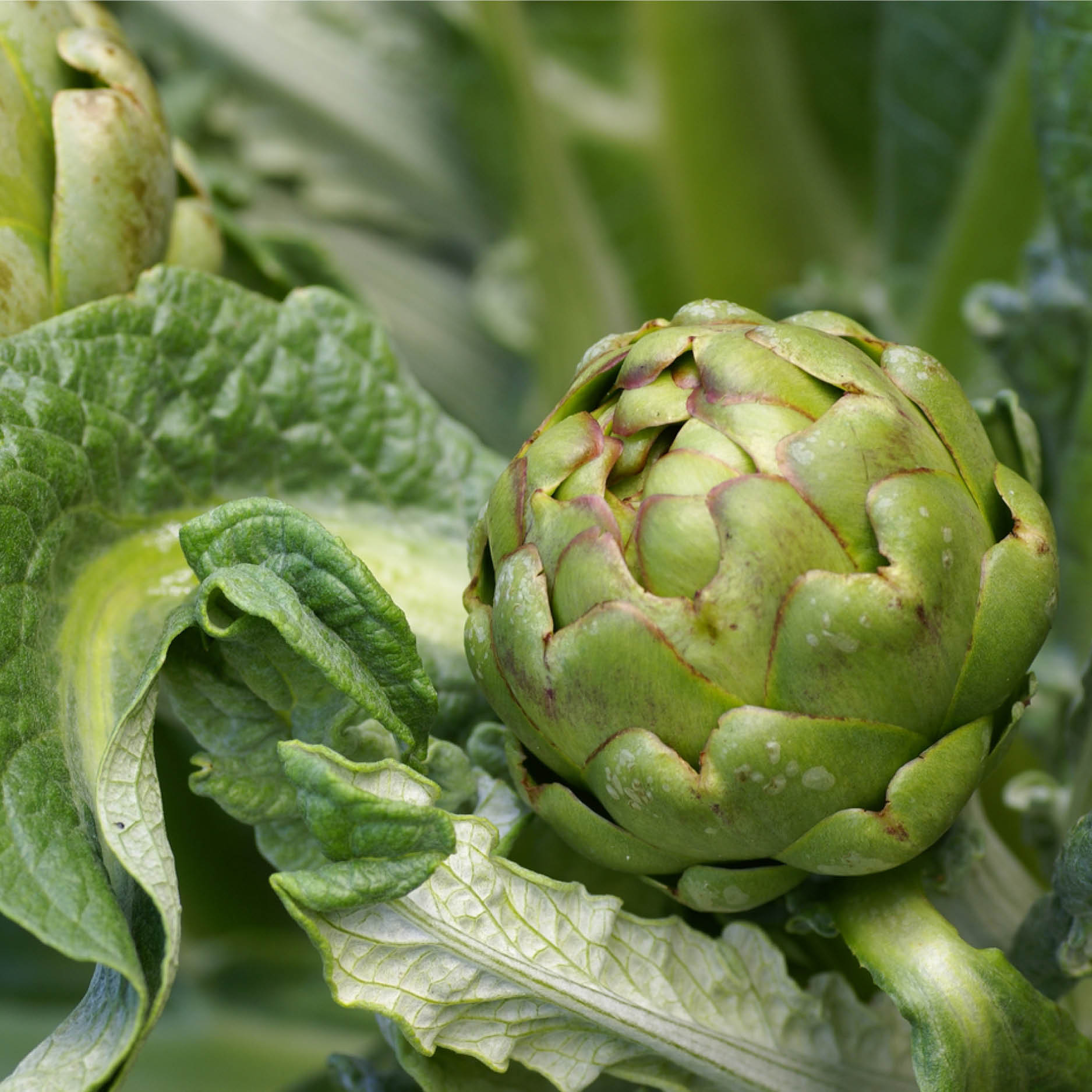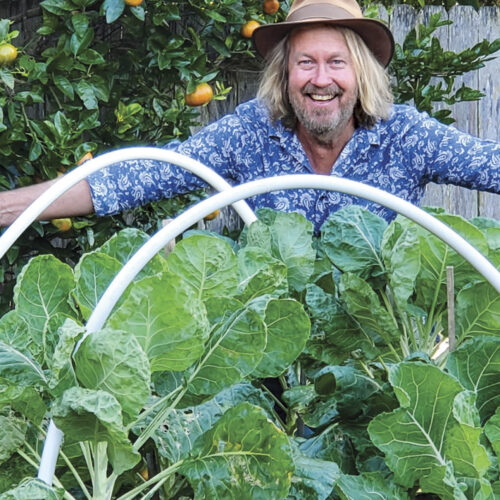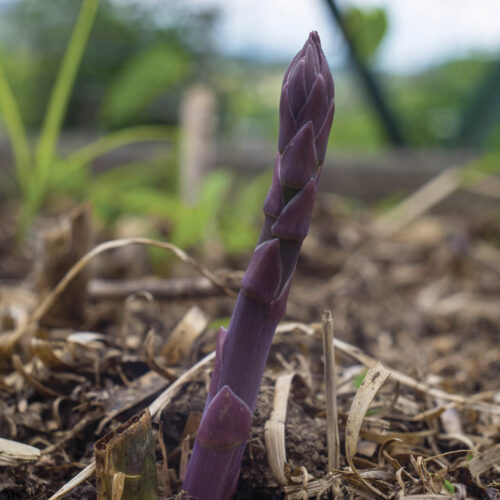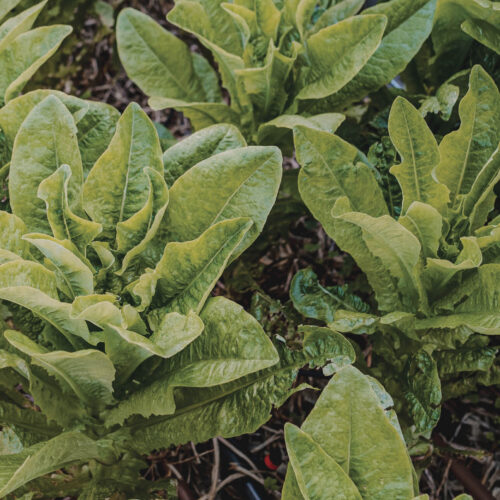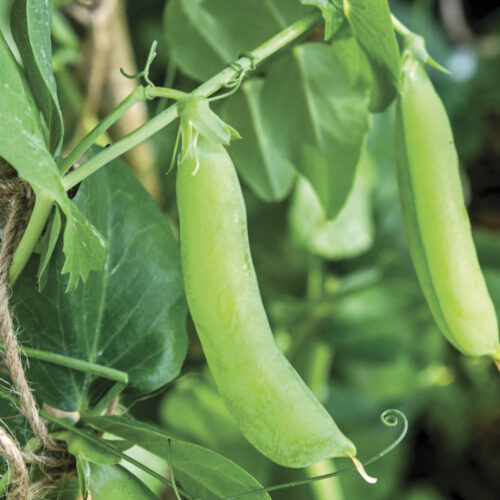What is a Chinese artichoke?
2015-05-17T06:15:03+10:00
These witchetty-grub like tubers are nutty and sweet says PENNY WOODWARD.
Right now I am harvesting my Chinese artichoke tubers and enjoying eating them raw or added to stir fries, soups and stews. They have a lovely crunchy texture and mild flavour that resembles nutty artichokes.
Chinese artichokes, Stachys affinis, can be grown from arid and semi-arid regions to warm and cold temperate parts of Australia. Closely related to the herb betony (S. officinalis), they probably came to Australia with Chinese miners in the 1800s. In Europe they are known as crosnes, after the French town where they were first grown.
The sprawling 70cm high plants have grey-green leaves and mauve flowers in spikes. They grow vigorously from spring right through to autumn when the witchetty grub-like tubers grow at the end of the roots.
Plant tubers in spring a few centimetres below the soil surface. They thrive in any reasonable, well-drained soil. Don’t over-fertilise or you’ll get masses of leaves and very few tubers. Water well in dry weather. In ideal conditions plants can be weedy and new plants will grow from any small tubers left in the ground. I grow mine in a big tub to keep them under control. Harvest tubers as the plants die back in autumn. Tubers can be left in the soil until needed, or stored in the fridge in water with lemon juice added, for about a month.
The tubers are supposed to be fiddly to handle, but I find it easy enough to gently scrub the dirt off. Use them straight away or drop then into some water with lemon juice to stop them turning brown. In Japan they are often pickled, especially with red perilla (Perilla frutescens) leaves that cause them to turn pink.

